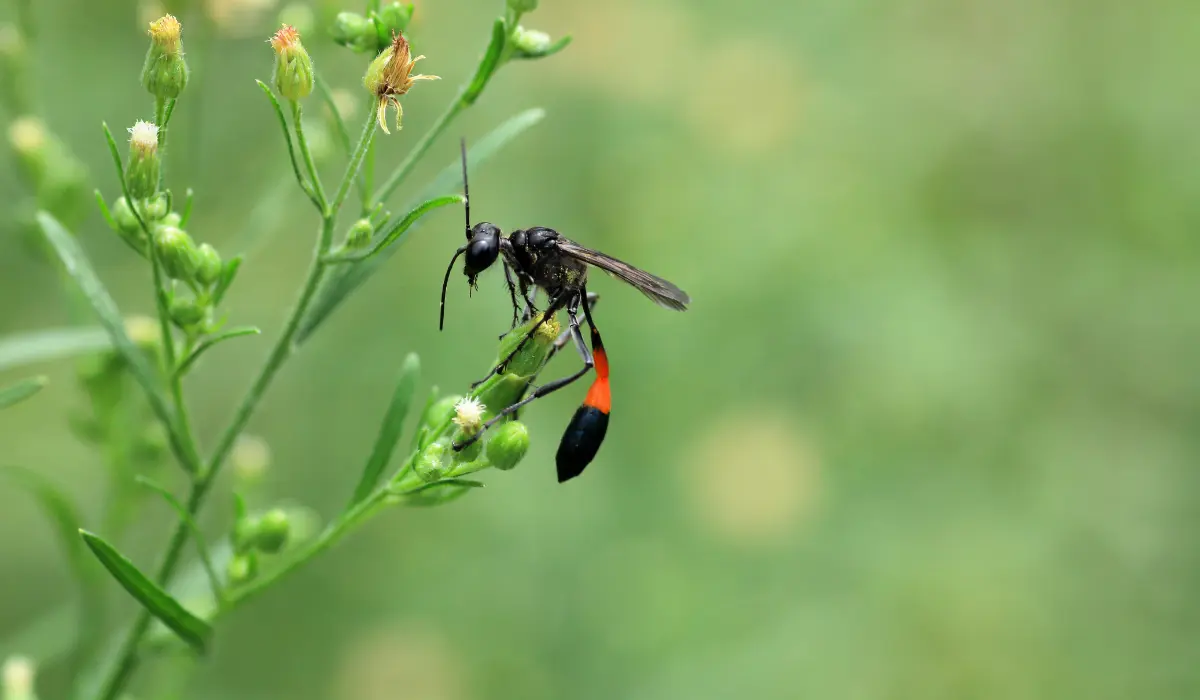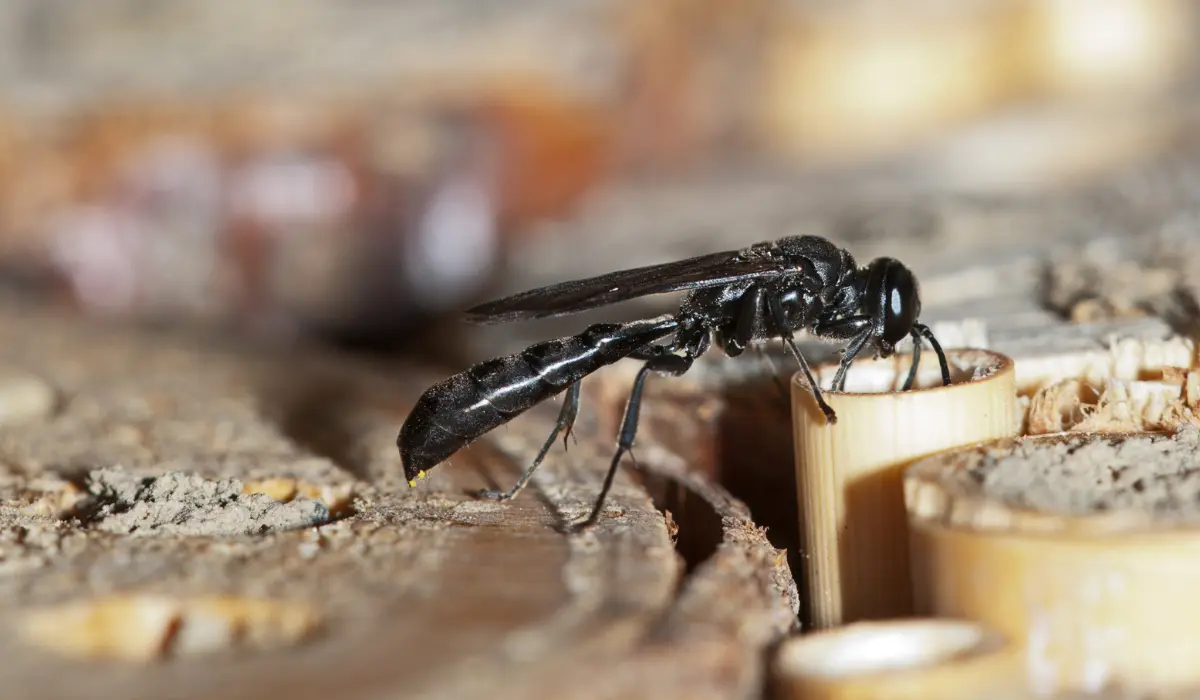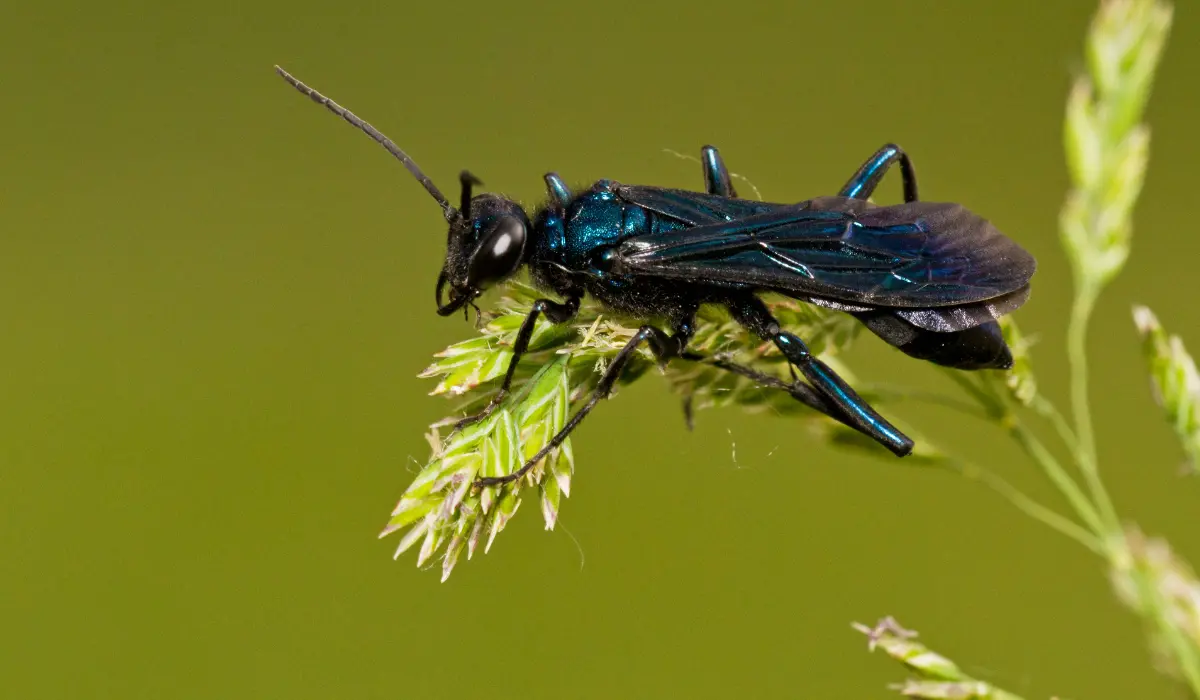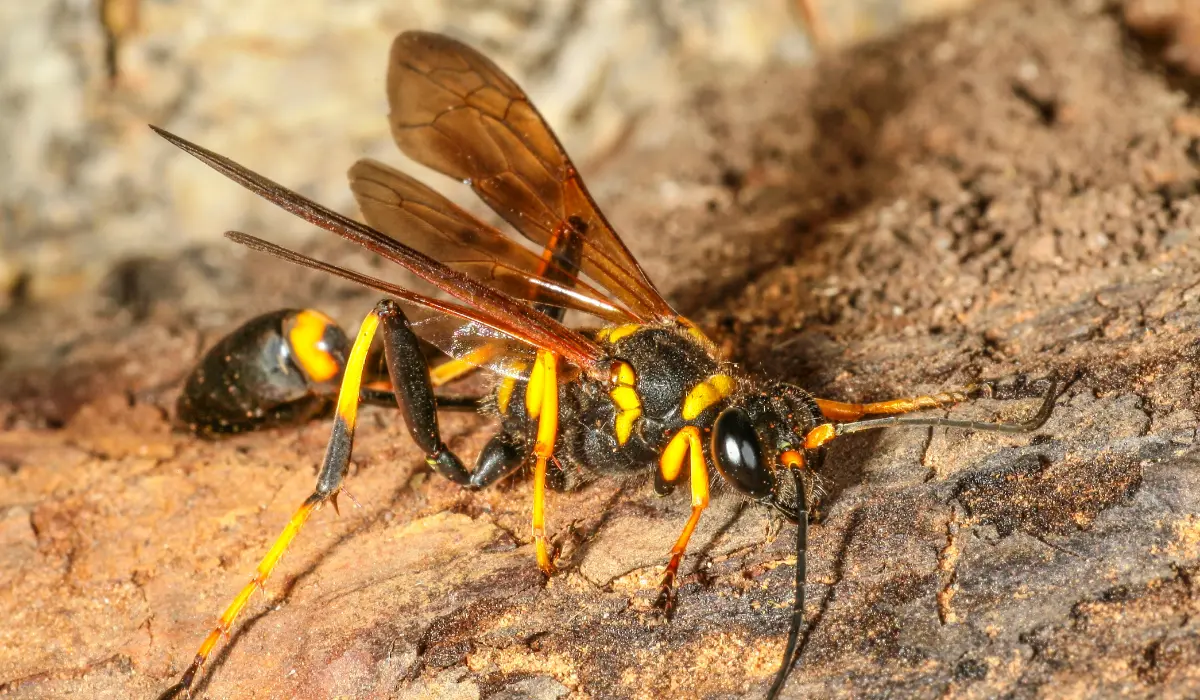
Mud daubers in Louisiana are fascinating yet often misunderstood insects.
A mud dauber is a type of wasp known for building its nests out of mud. These solitary creatures might look intimidating, but they are generally more docile than other wasps.
Are you curious to learn how these wasps construct their intricate nests and what specific role they play in nature? Keep reading to discover more exciting facts about mud daubers in Louisiana.
Key Takeaways
- Mud daubers are solitary wasps known for their unique, tube-like mud nests in sheltered areas like eaves and attics and non-aggressive behavior.
- They have a specialized diet primarily consisting of spiders, which they paralyze and store in nest cells for their larvae.
- Professional pest control services can effectively manage mud dauber infestations, offering identification, treatment, and preventative solutions tailored to specific needs.
WHAT ARE MUD DAUBERS?
Mud Daubers is a common name for solitary wasps that belong to the Sphecidae family within the Hymenoptera order.
These insects are known for their unique nest-building behavior. They’re typically non-aggressive species in different regions.
Physical Characteristics
Mud Dauber wasps exhibit distinct physical traits that make them stand out. To understand these traits better, here’s what an adult mud dauber typically looks like:
| Features | Description |
|---|---|
| Length | About 1 inch |
| Color | Black and yellow or metallic blue |
| Body Structure | Slender with a narrow waist in the thorax and abdomen |
| Wings | Two pairs |
| Antennae | Segmented |
| Mandibles | Strong, used for mud handling |
Species of Mud Daubers
Mud Daubers are classified into various species with unique traits and nesting habits. The most common types found include:
- Organ Pipe Mud Dauber: Builds pipe-like nests, often found in sheltered areas.

- Blue Mud Dauber: Uses pre-existing nests, known for its metallic blue color.

- Yellow Mud Dauber: Constructs new mud nests, identified by yellow and black coloring.

WHAT DO MUD DAUBERS EAT?
Mud daubers are fascinating creatures with specific dietary habits crucial to the ecosystem. They hunt various prey, including black widow spiders.
Mud daubers are known for their distinctive way of hunting and storing prey. Here’s a closer look at the process:
| Stage | Description |
|---|---|
| Hunt | Identify and sting prey, usually spiders |
| Transport | Carry paralyzed prey to the mud dauber’s nest |
| Storage | Place prey in nest cells for larvae to consume |
WHERE DO MUD DAUBERS LIVE?
Nesting Behaviors
Mud daubers are known for their distinctive mud nests. Based on safety and access to resources, they typically build in sheltered locations such as eaves, attics, or other protected sites.
The female mud dauber is the primary architect, skillfully crafting tube-like structures from mud.
HOW TO DEAL WITH MUD DAUBERS
Identify Problematic Activity
Mud daubers are solitary wasps that build nests out of mud. Unlike aggressive social wasps like hornets, paper wasps, and yellow jackets, they are generally non-aggressive. However, they can still be a nuisance when nest-building around homes.
Wasp nests are usually found in sheltered areas such as under eaves, garages, and walls. Their distinctive tube-like mud structures make them easily identifiable to the naked eye.
Professional Pest Control Services
Professional pest control services offer a variety of solutions to tackle mud daubers and other stinging insects in Louisiana. At LaJaunie’s Pest Control, our experts provide services with these steps:
- Identification of wasp species
- Scheduling services
- Assessment and treatment
- High-reach treatments
- Use of specific products
- Exclusion of honey bees
WHEN TO CONTACT PEST CONTROL
If a blue mud wasp becomes a repetitive problem or their nesting sites pose a safety concern, it may be time to contact pest control.
Whether you’re in Baton Rouge or New Orleans, seeking expert help should be easy. For immediate intervention for a severe infestation, let Lajaunie’s wasp & hornet control specialists tailor a solution that’s right for your home.
For more information about the areas we service, visit our location page.


